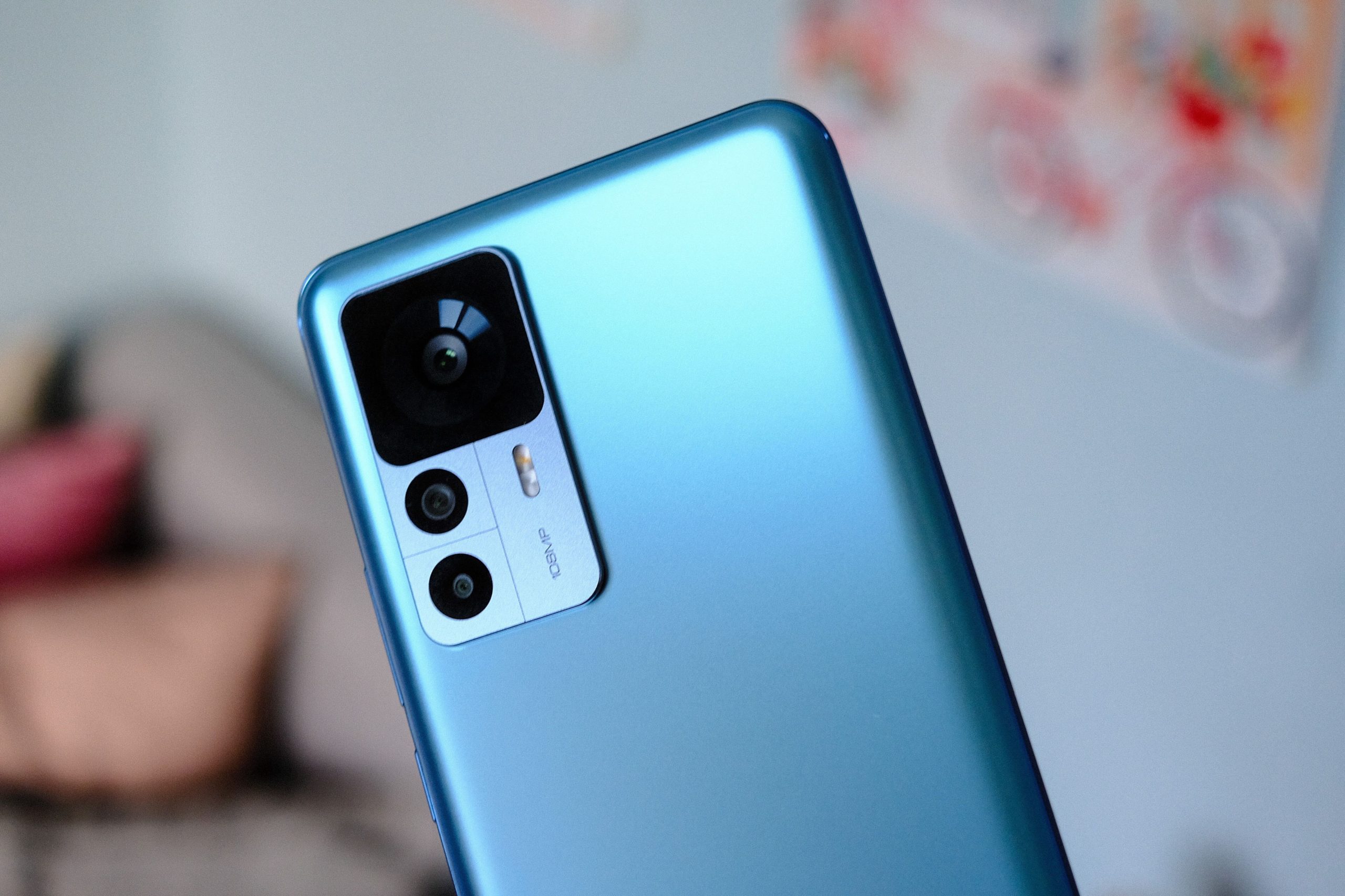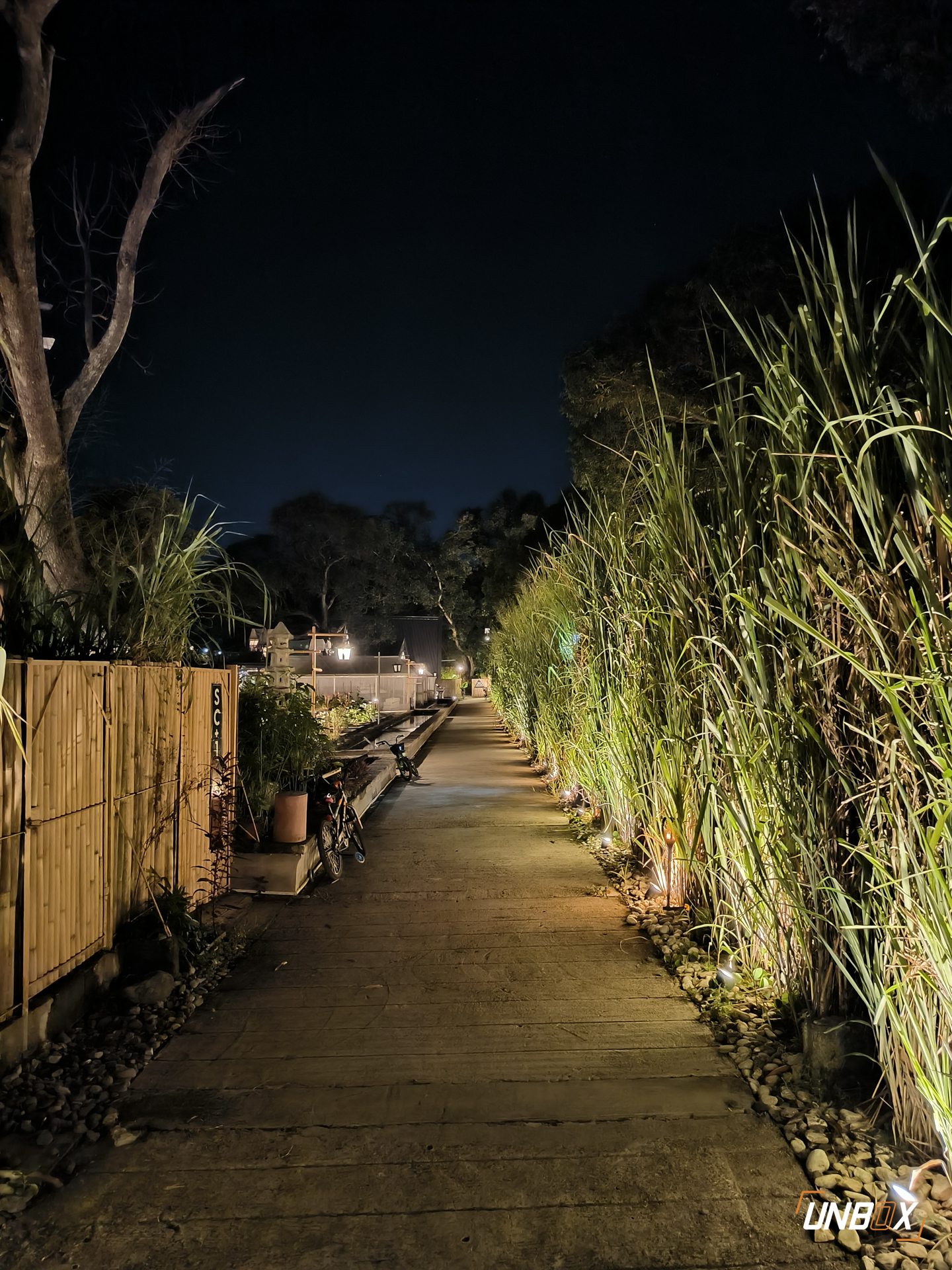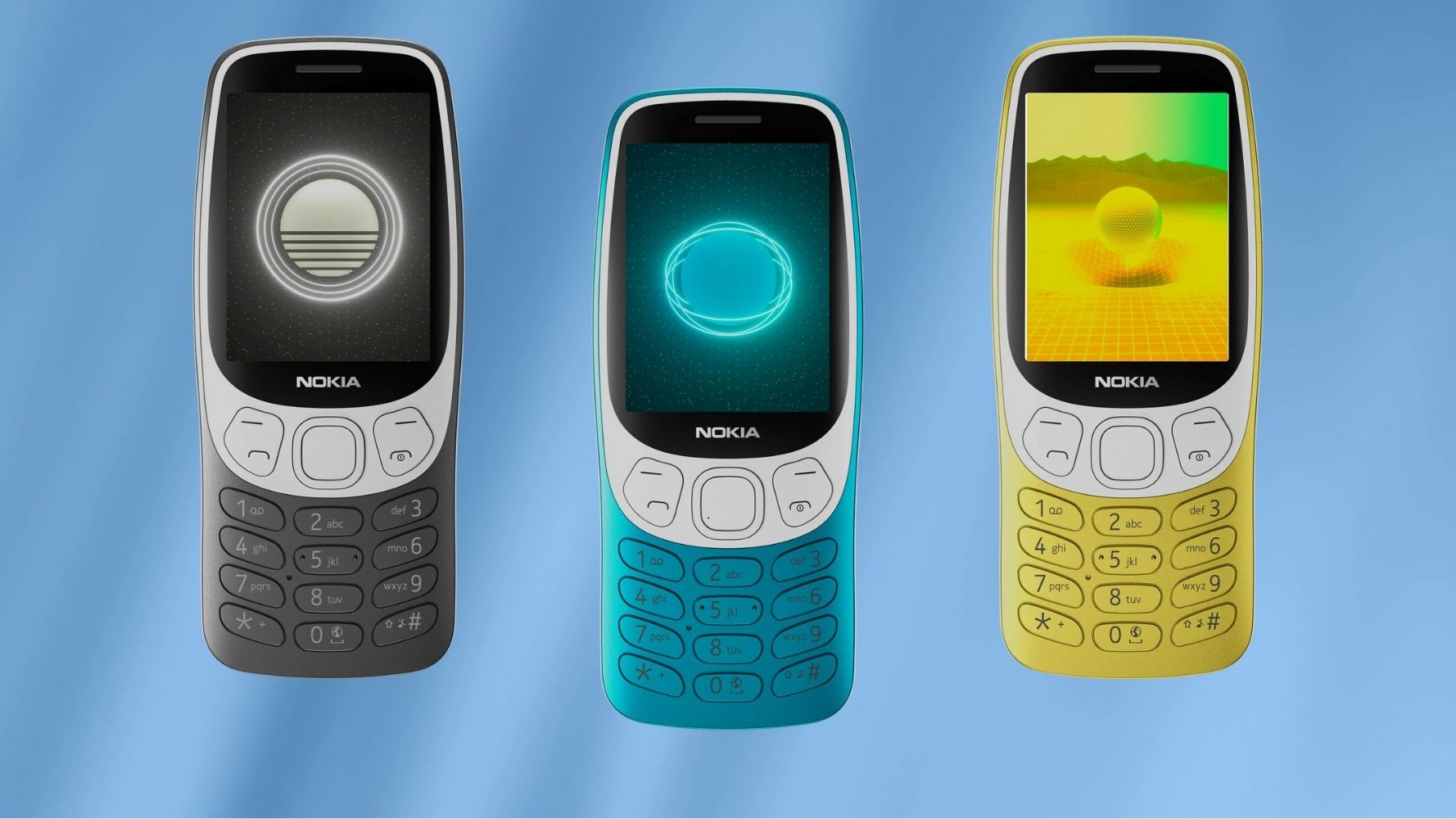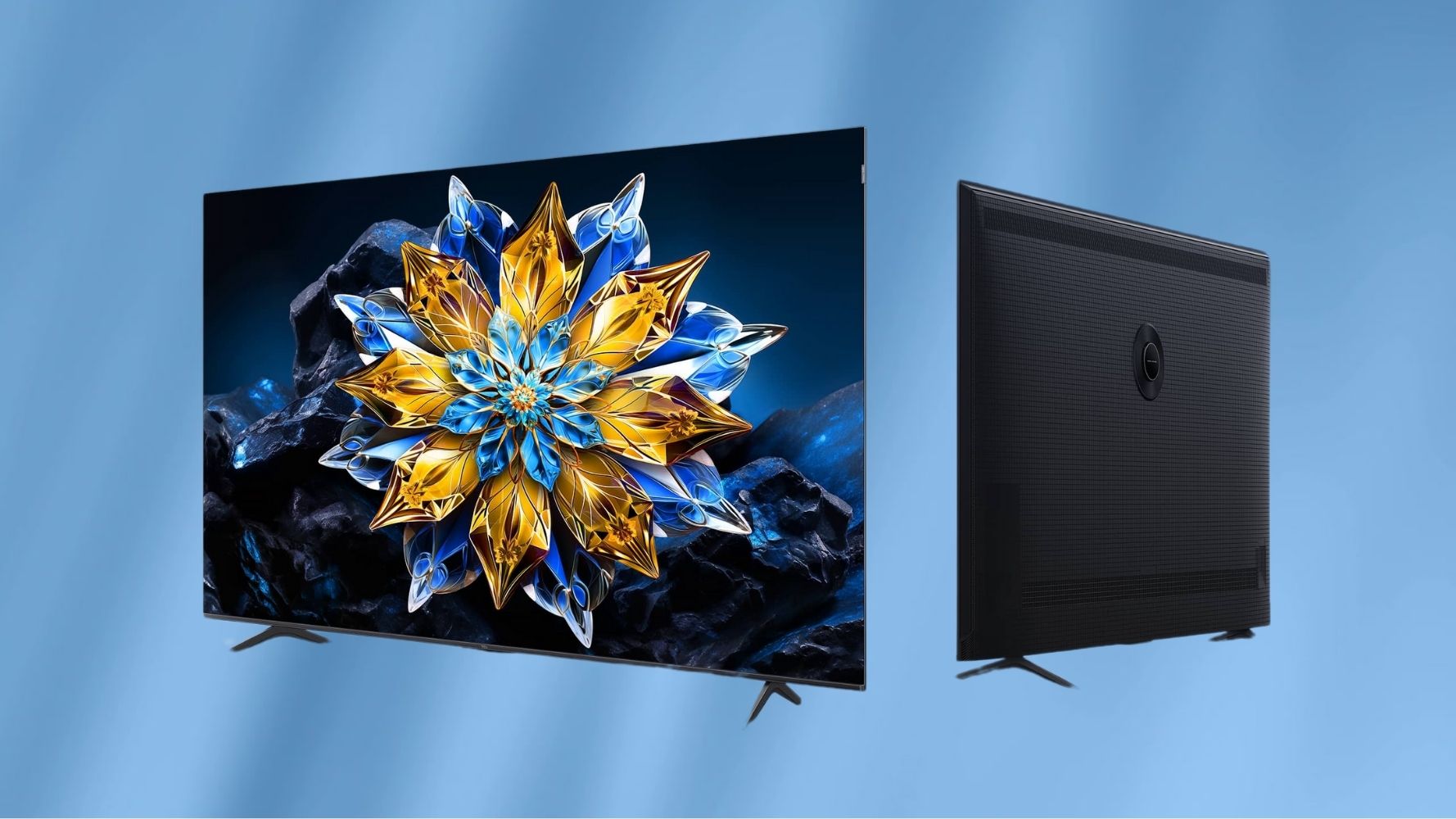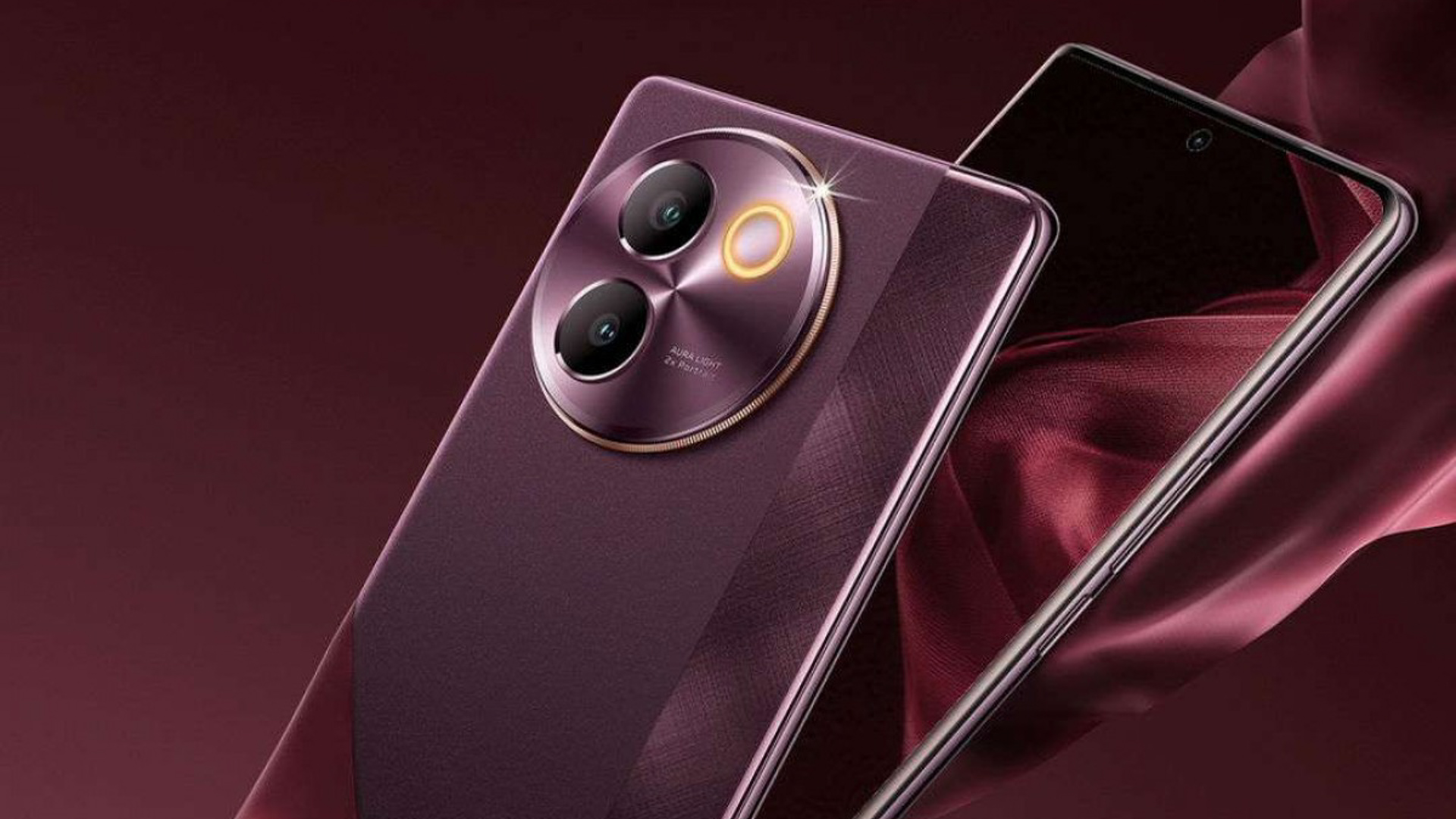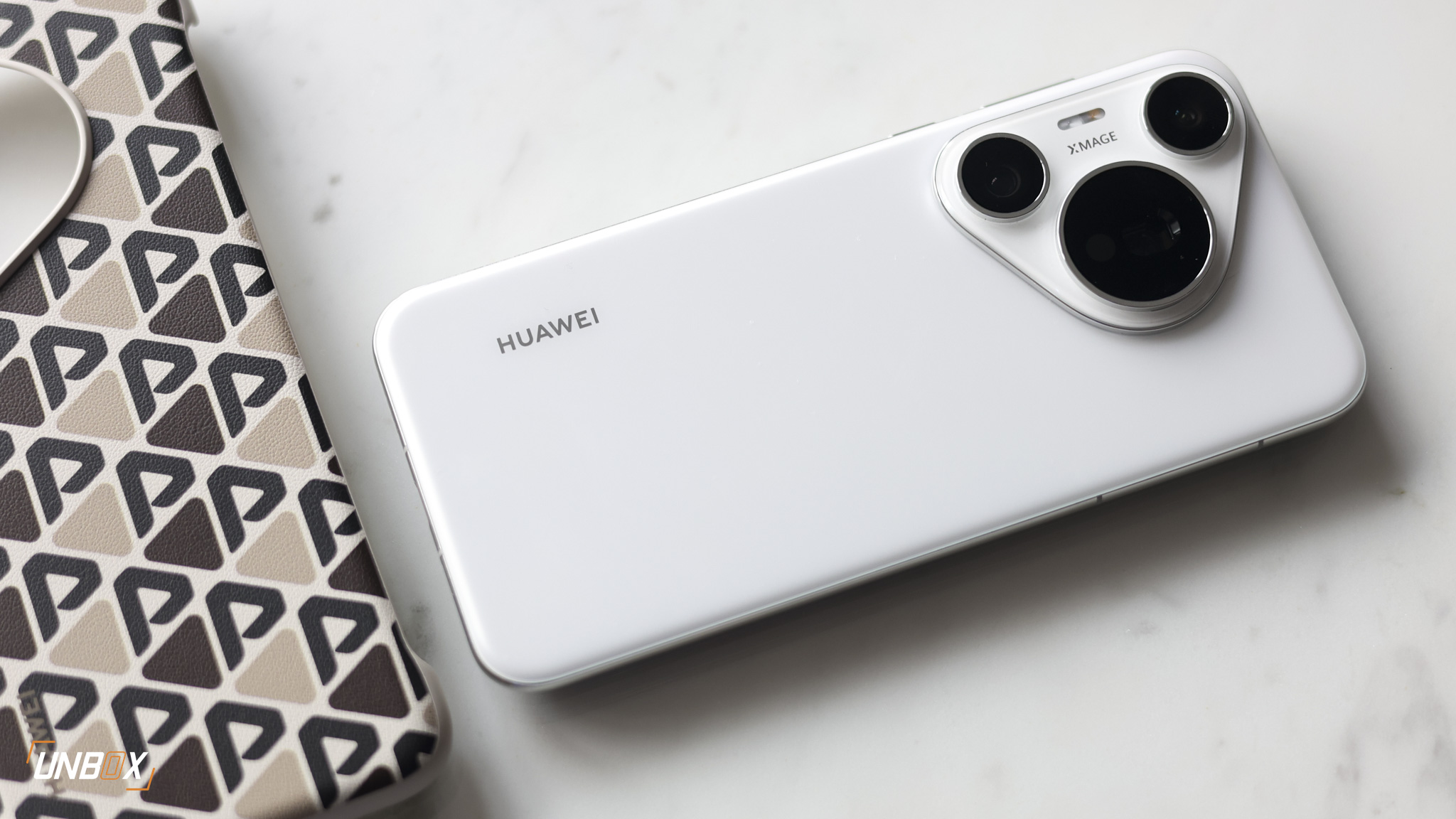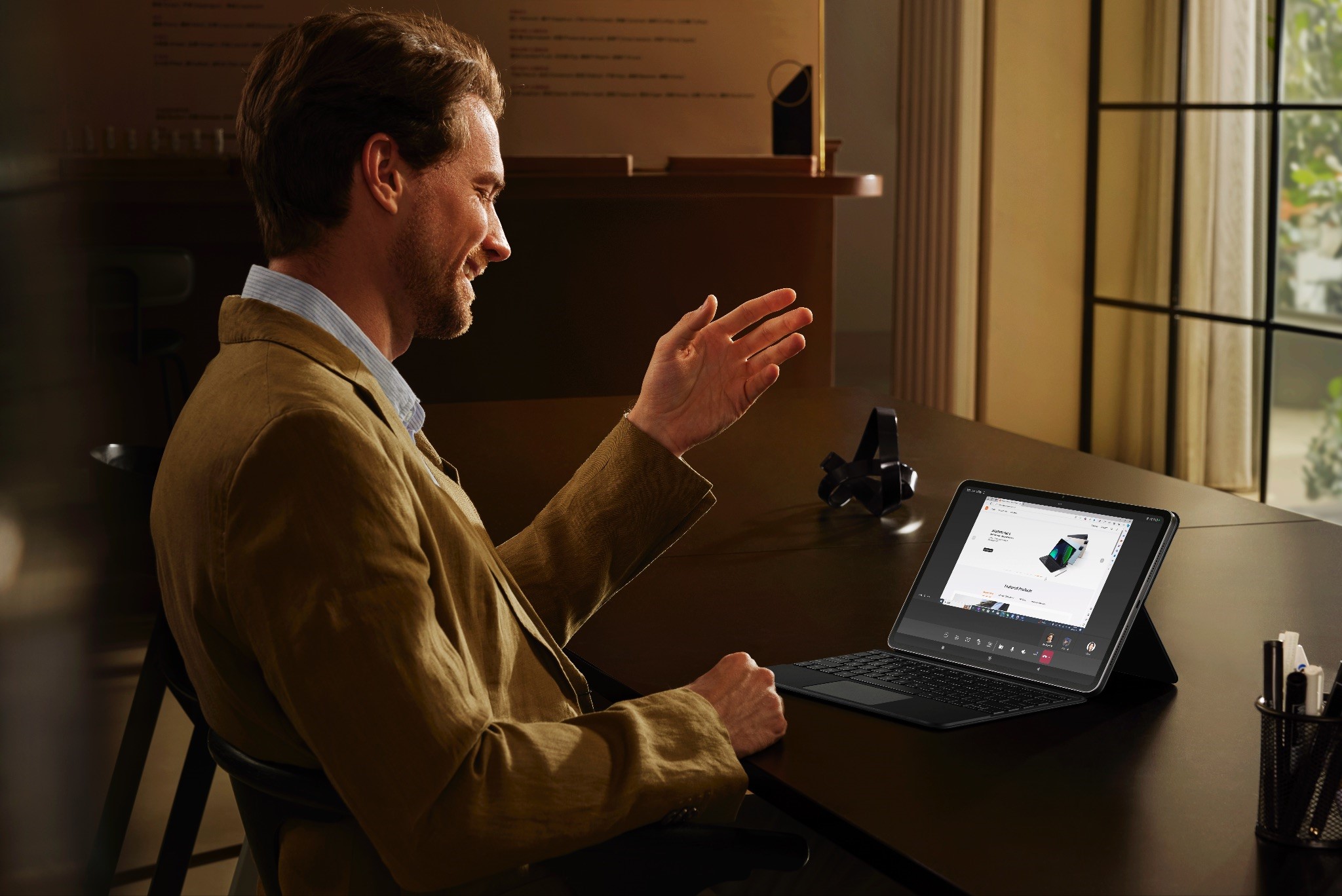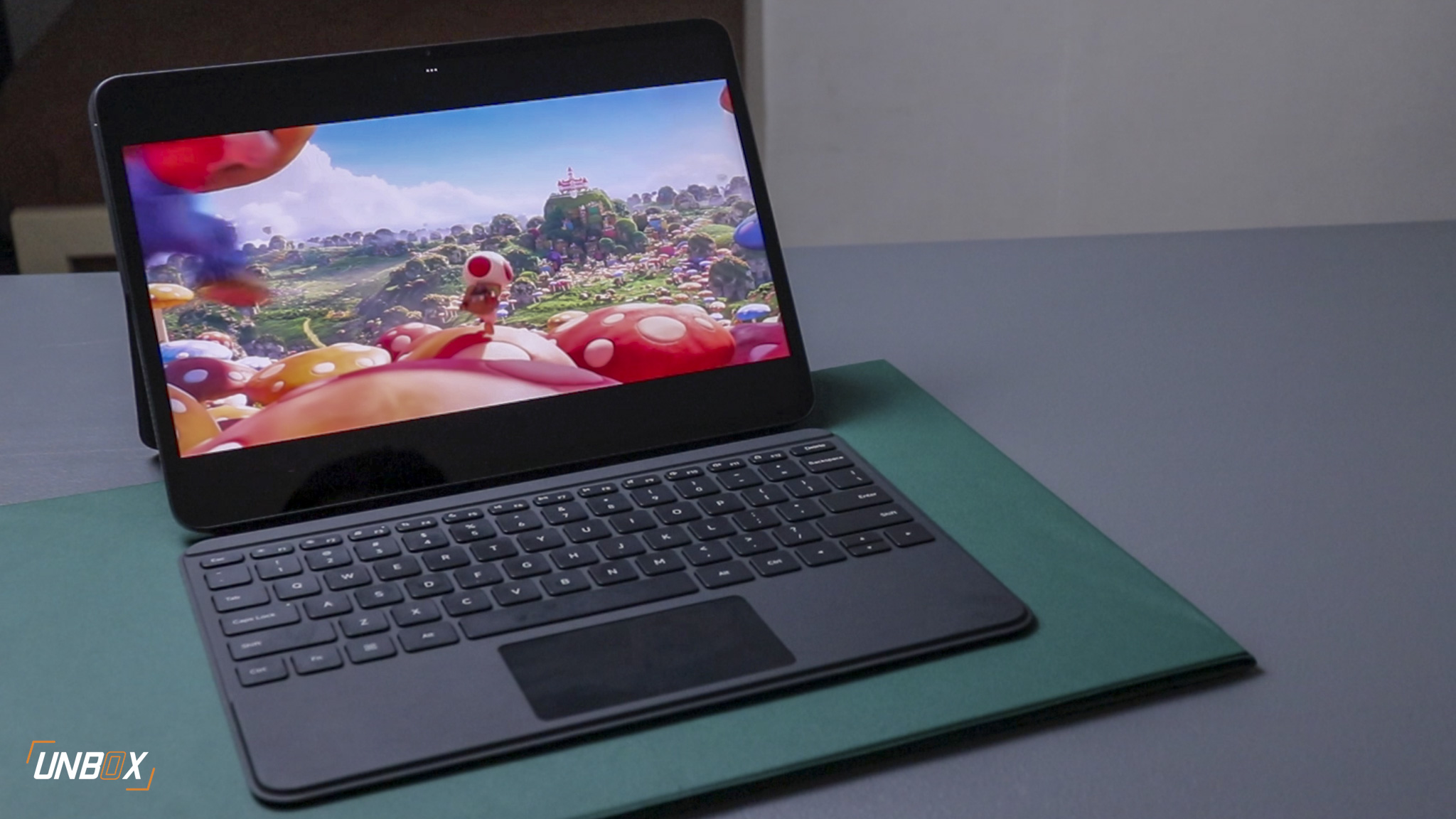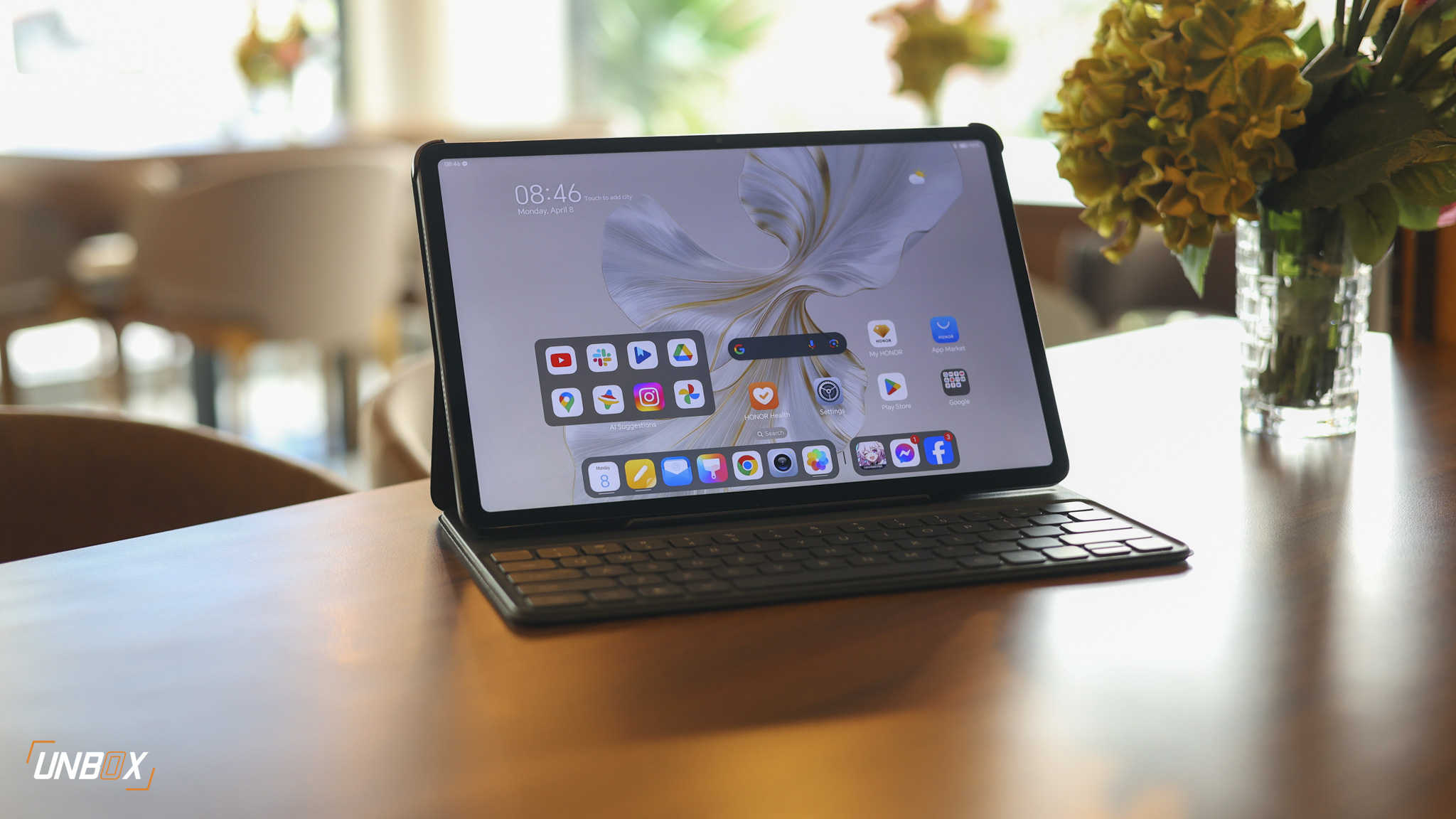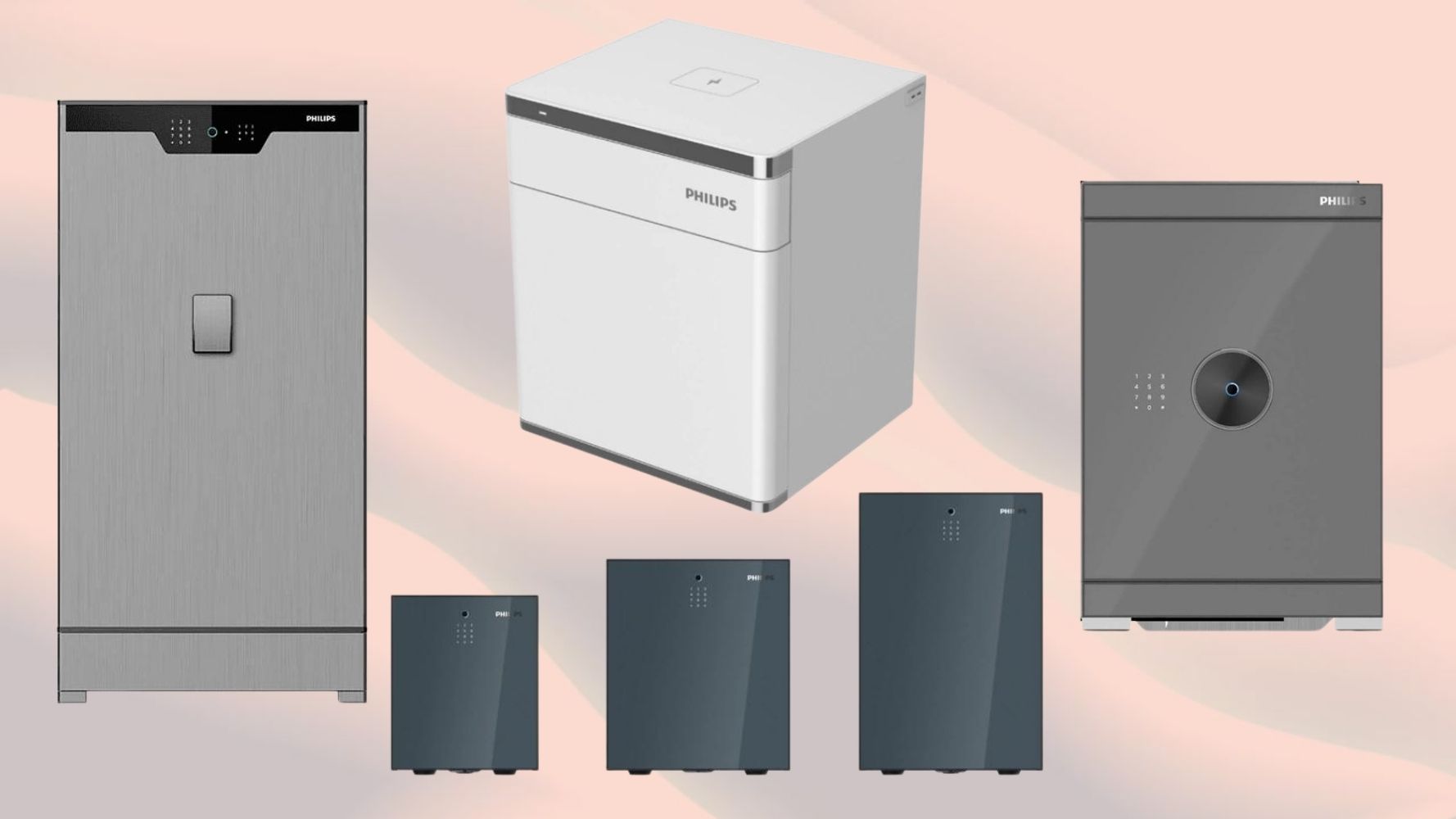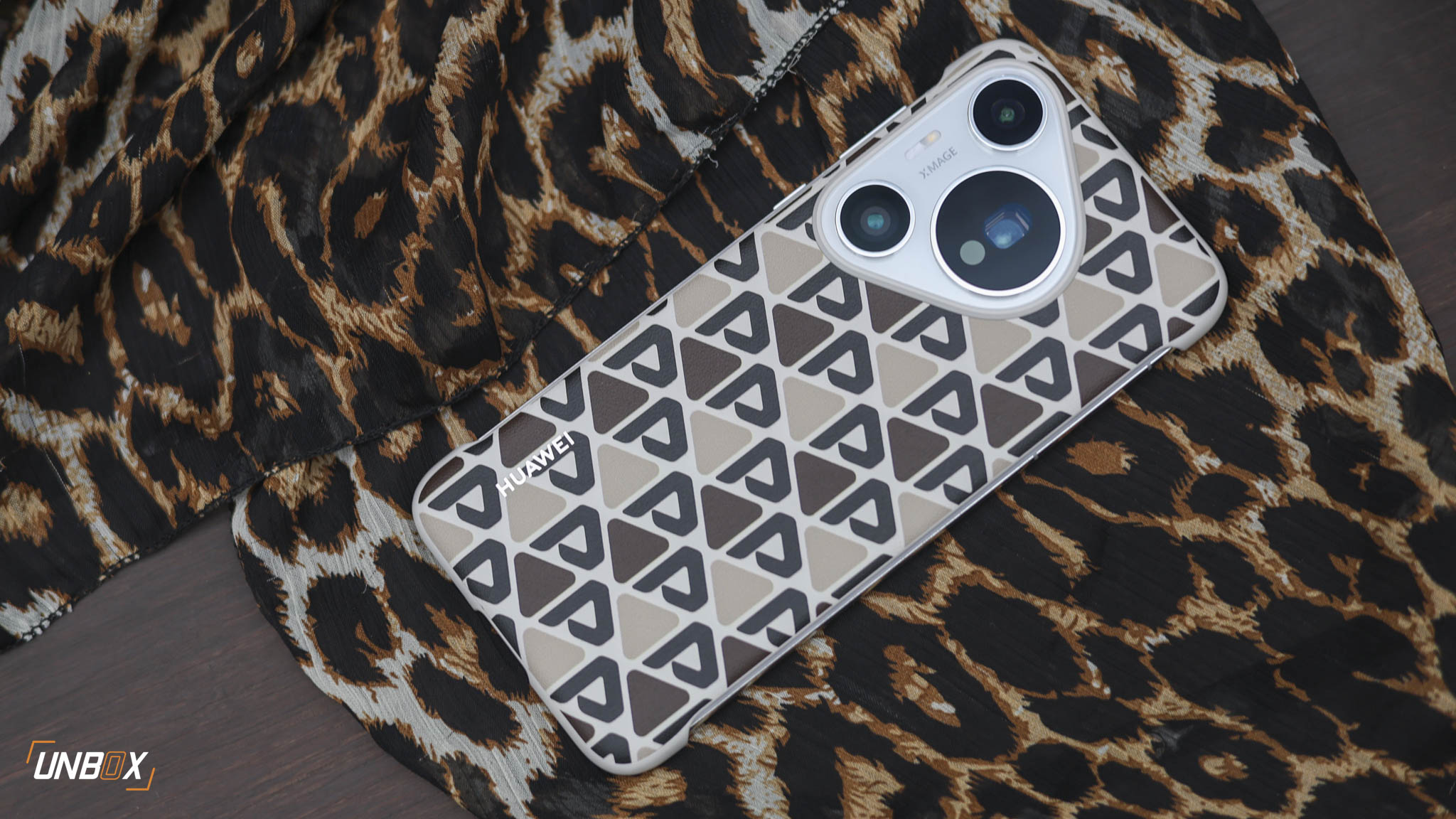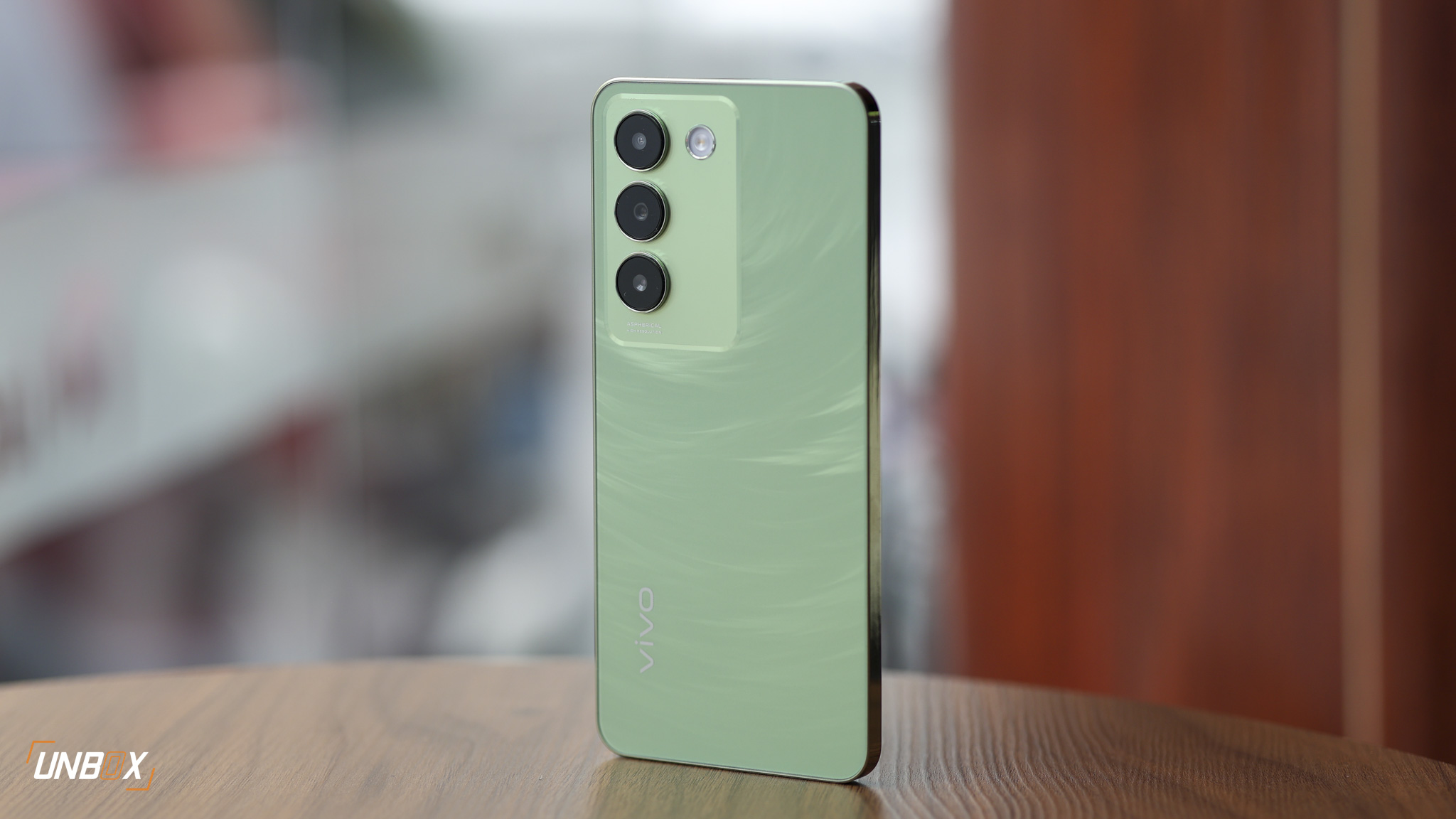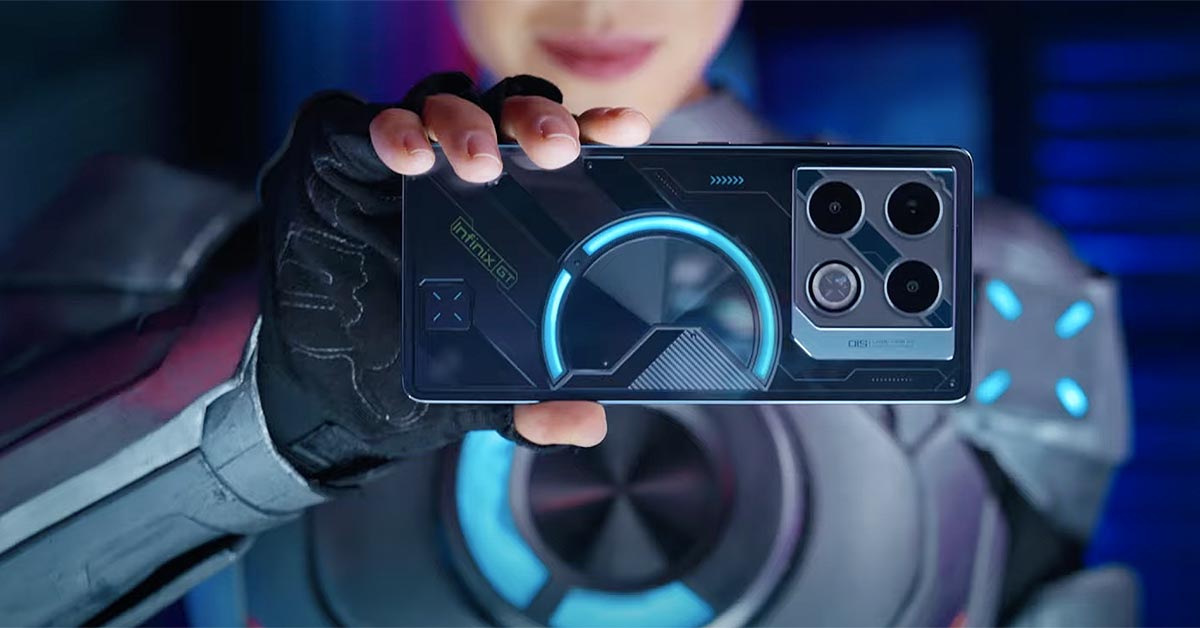If you have noticed recent releases from the mid-range segment, many of these offerings have dropped the ultra-wide camera and went for either one or two 2-megapixel cameras–which we despise because these cameras are filler at best. As much as we don’t like this trend of removing ultra-wide cameras in a mid-range phone, we researched possible factors that led to brands deciding to remove them.
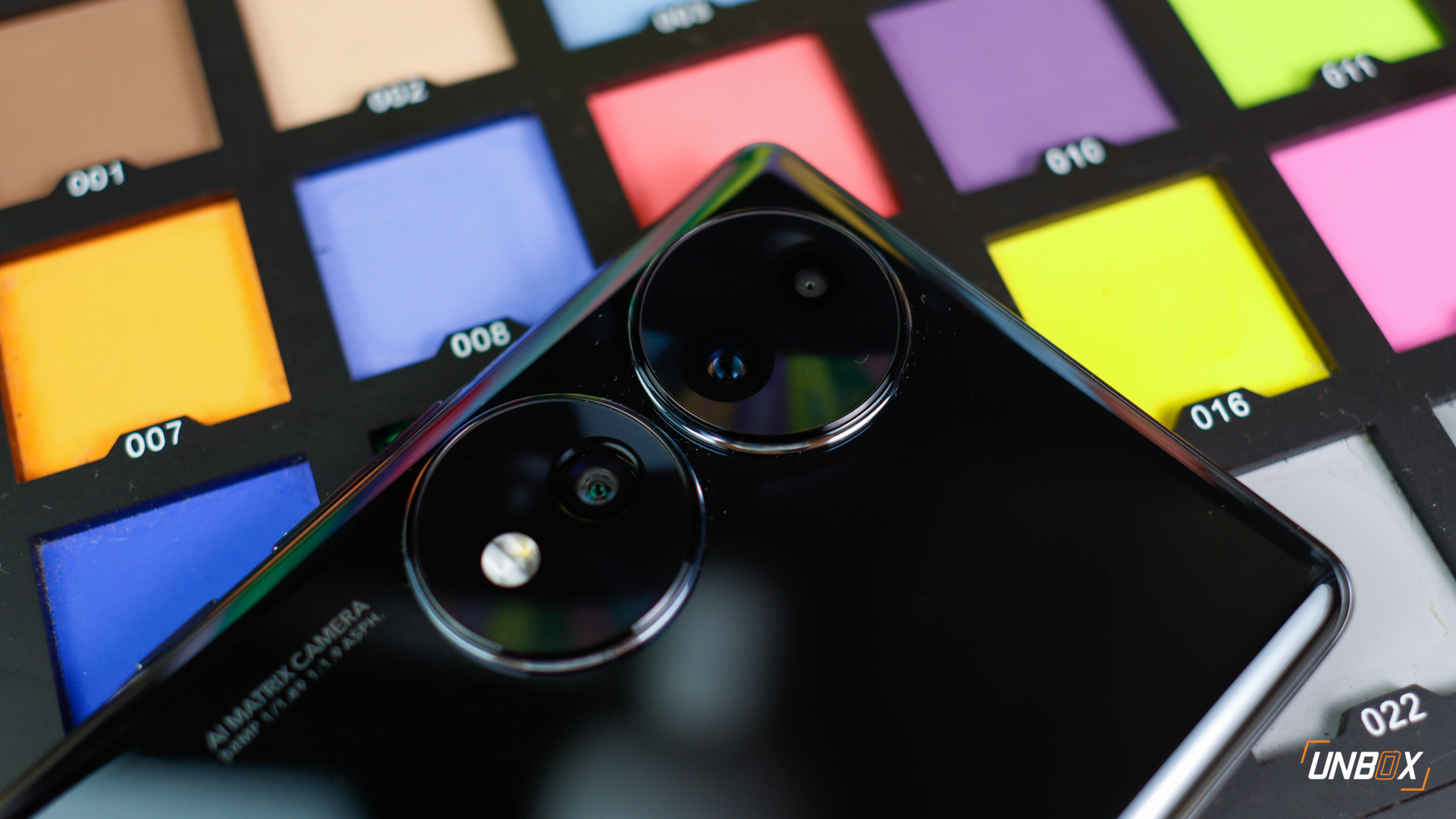
Lens distortion is not easy to resolve
The primary reason why you have an ultra-wide camera is to offer you a wider field of view (FoV) for shooting broad landscapes or for shooting in tight spaces. A normal main camera usually offers an FoV of 85 degrees, while ultra-wide cameras can offer a 120-degree or more FOV to let you capture a bigger area.
The main problem with most ultra-wide cameras is their tendency to distort straight lines in the image–in some cases, the distortion can be so extreme that it feels like you’re shooting with a GoPro camera. Because of this, brands went for approaches like offering distortion correction after taking the shot going for a slightly narrower FoV.
Another way to resolve this is by implementing new tech like a free-form lens or a higher-resolution sensor–the latter being the approach HONOR did for the HONOR 70. While both solutions are the best way to get a better ultra-wide camera, these can be costly and can hinder the promises of brands of offering feature-packed phones at competitive prices–which brings us to our next point.
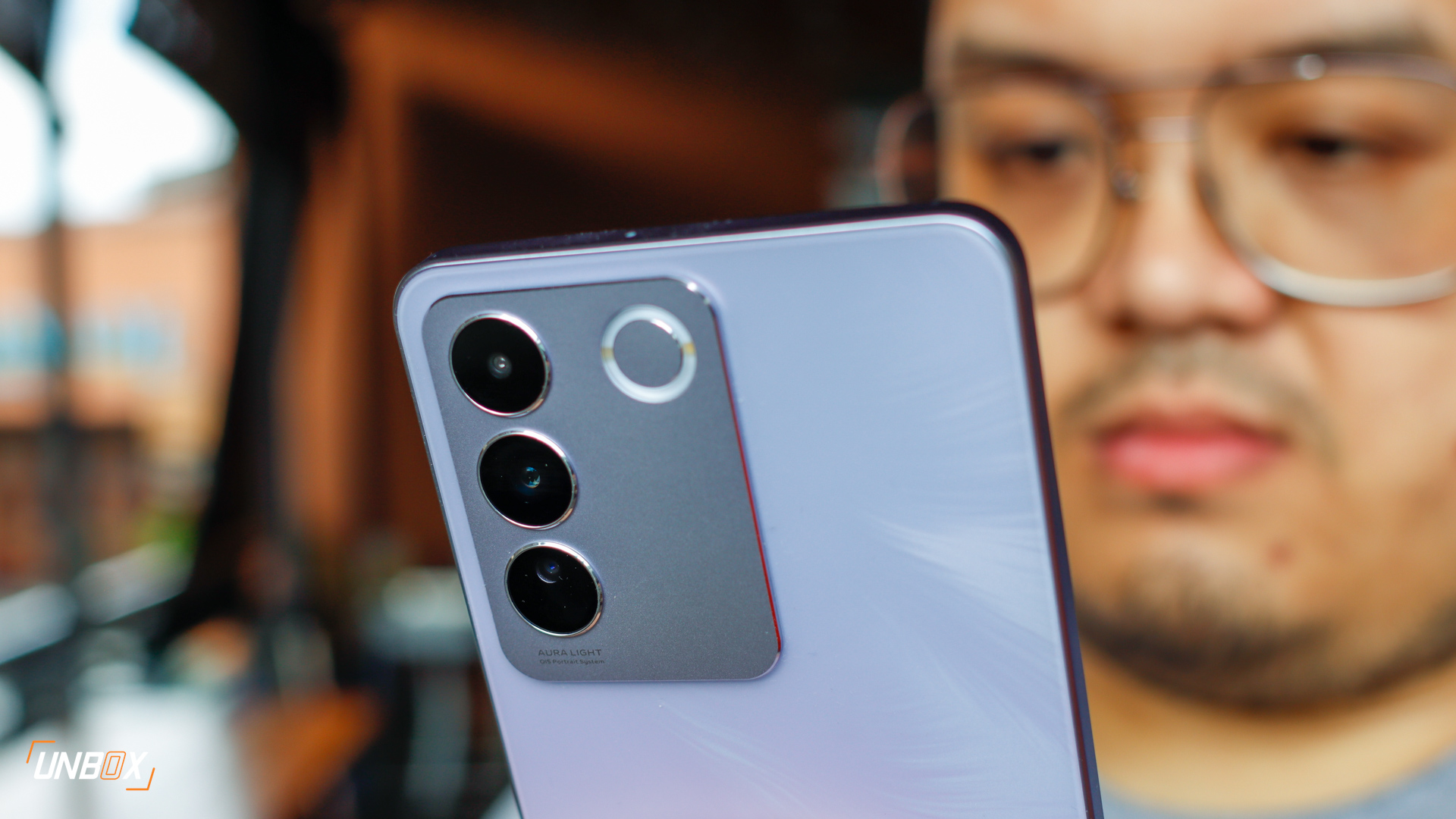
Components are getting more expensive
Even with more expensive mid-range phones (including those priced close to Php 40k), we are dismayed that their ultra-wide camera is archaic–most of the time, they would use an 8-megapixel sensor instead. As much as we are disappointed by the decision, it also boils down to all components being more expensive than ever before.
Cameras are the third most expensive component on a phone next to the display and processor based on research done by The Korea Herald back in 2020. Depending on the complexity of the camera module, these components can be priced close to $90 or around Php 5k in the case of the Galaxy S20 Ultra’s camera system. On a mid-range device, the Galaxy A50s‘ rear camera would cost you around $20 or Php 1.1k–and that’s back in 2019 before the COVID pandemic.
Factoring in inflation, it’s hard for phone brands to maintain the price of their new offerings without either 1) adding a slight price bump, or 2) removing some features–and they would usually opt for the latter, which is why a number of mid-range phones no longer have ultra-wide cameras.
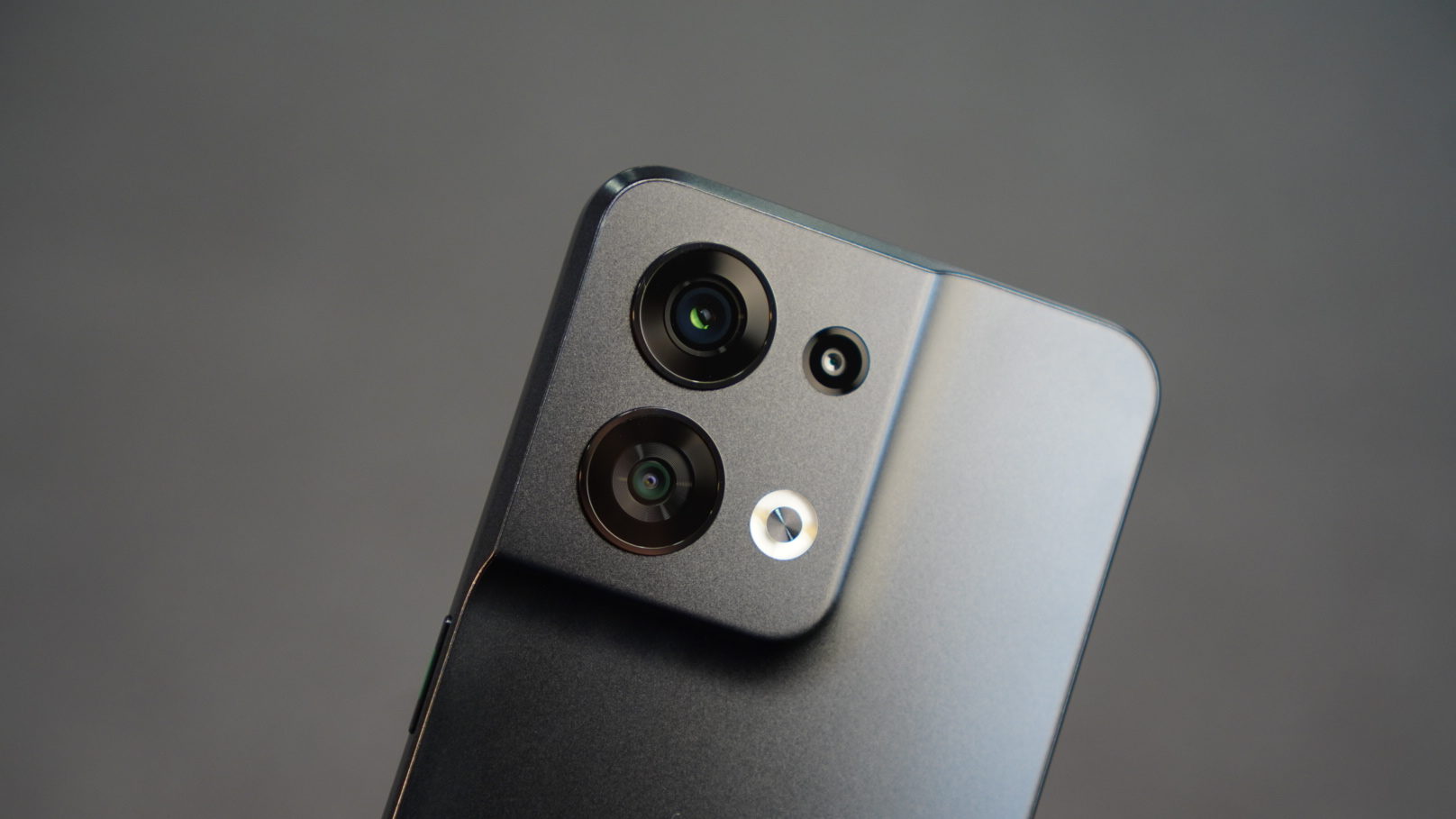
It’s a way to distinguish mid-range from flagship offerings
Because of rising costs for components, brands struggle in adding an ultra-wide camera in a number of under Php 20k phone offerings without compromising on other areas like the display and processor. Should you want a phone with a decent ultra-wide camera, you are practically left with no choice but to have a bigger budget for your next phone upgrade–or simply go all in and get a proper flagship device instead.
While there are a few phones in the under Php 10k and Php 20k segment that still have an ultra-wide camera, you will most likely need to spend at least Php 27k for a mid-range phone with a respectable ultra-wide camera performance. Phones with excellent ultra-wide cameras will cost you at least upwards of Php 40k–which is already flagship territory.
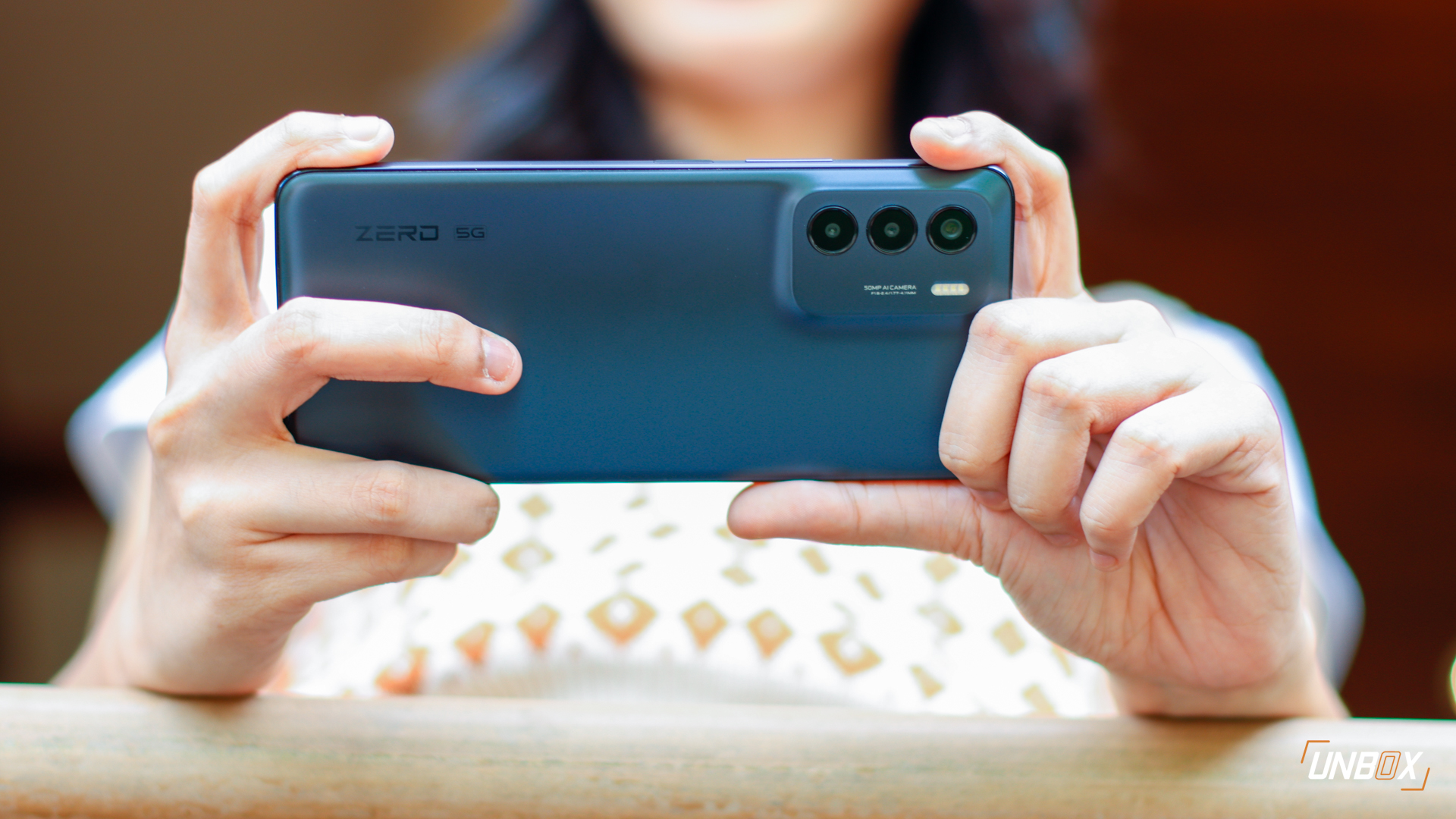
At the end of the day, it’s all about people’s priorities when it comes to buying a smartphone. Oftentimes, when they say that they want a good camera, users will always focus on the main camera and not much on the ultra-wide–which can be a logical explanation why recent mid-range phones are losing the ultra-wide camera.
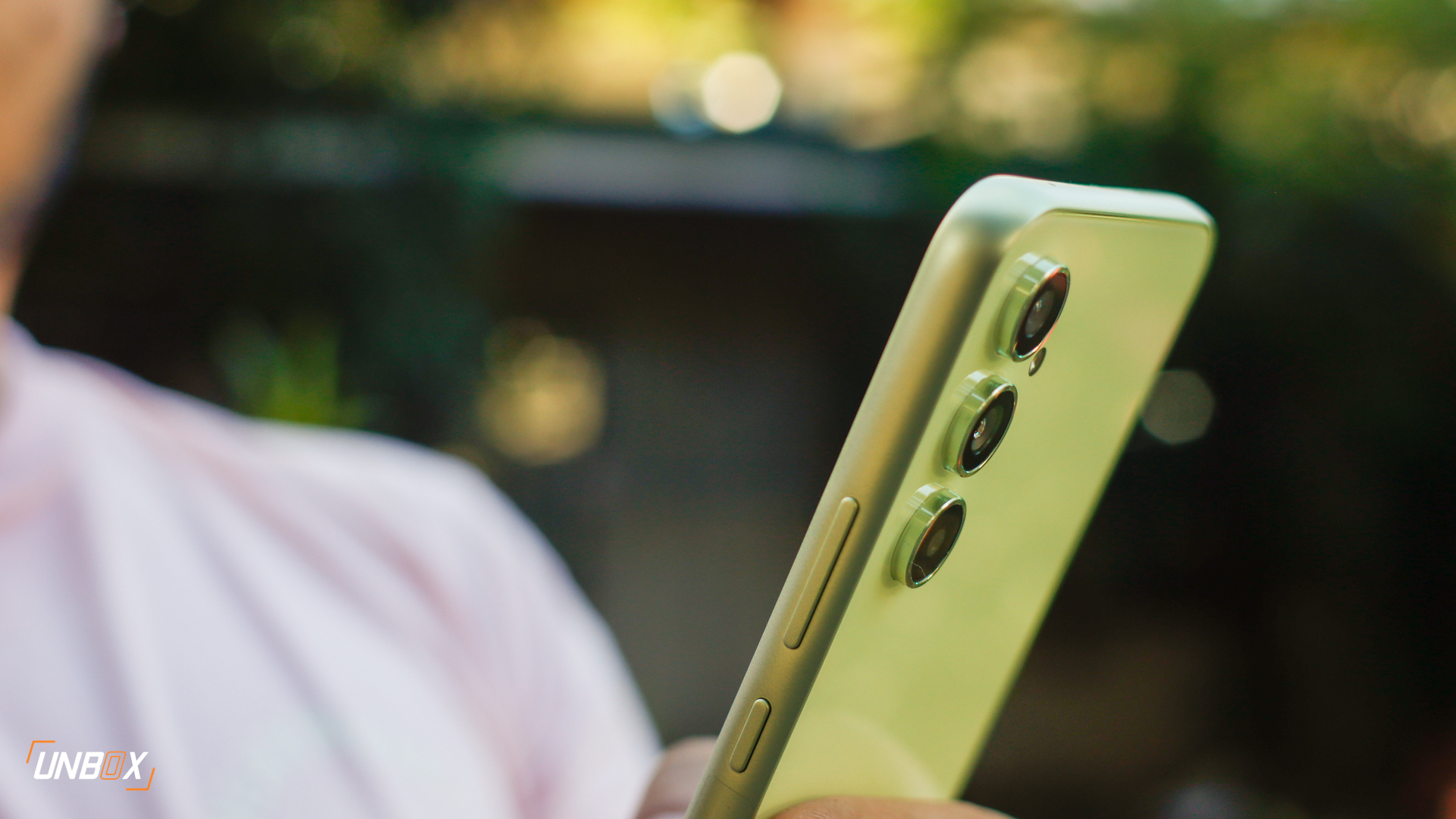
No ultra-wide? We don’t mind a single rear camera too.
All those factors considered, we were thinking: maybe brands can instead go for a dual rear camera setup that has ONLY one filler camera, like what realme did with the 10 Pro. It’s a setup that is simpler and more straightforward and should help brands address concerns when it comes to the price of components.
If you ask us, however, maybe it’s possible for budget and mid-range phones to just settle for a SINGLE rear camera instead. Processors have improved through the years, and we think that a single (but good) rear camera can do the job without needing any 2-megapixel cameras.
After all, Apple and Google managed to deliver stellar photo AND video performance with ONLY one camera for several years before implementing dual (and triple) rear camera setups. Maybe phone brands should reconsider this approach–so that they can give us phones that have better value for money. Besides, it’s possible to shoot an ultra-wide shot with just the main camera using Panorama mode.
With additional research done by Allodia Romblon.


